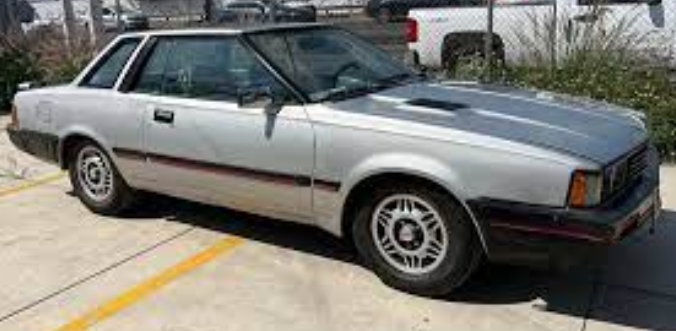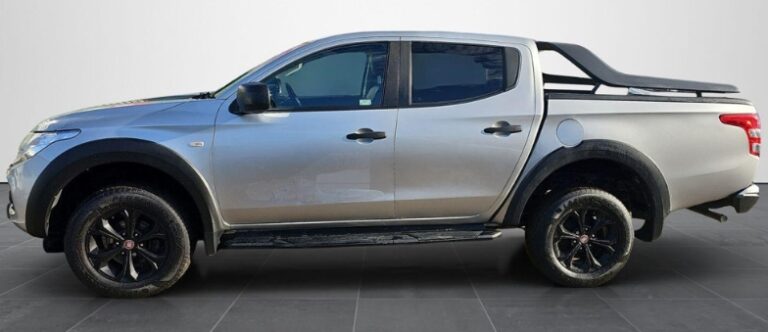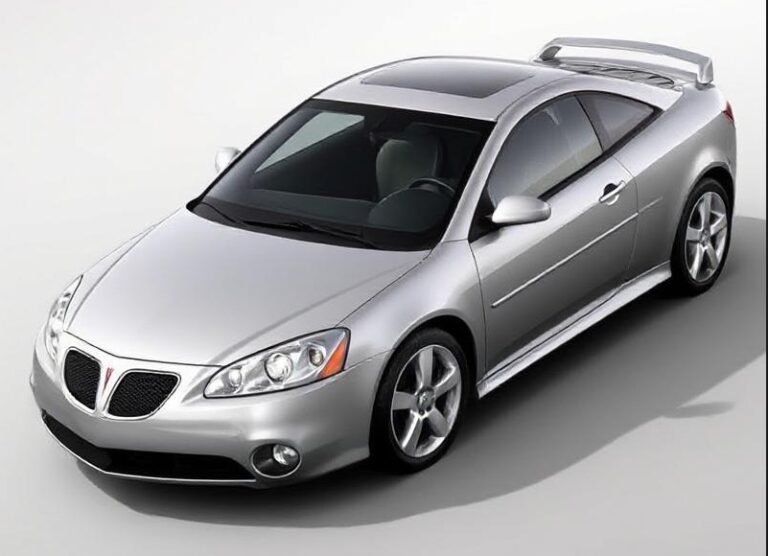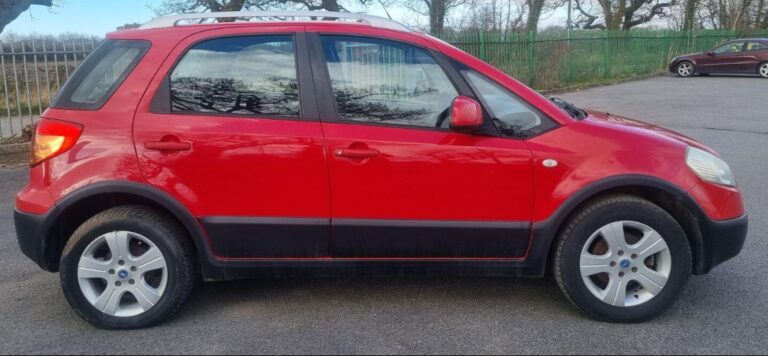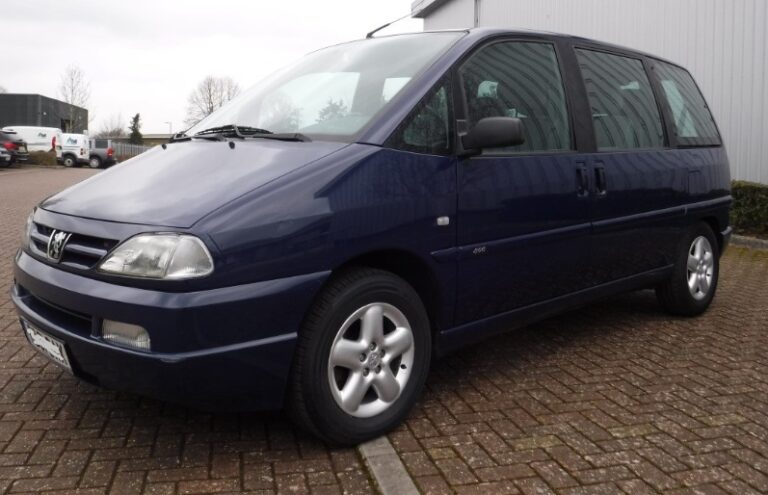The Evolution of the Mercedes-AMG E-Class
The Mercedes-AMG E-Class represents a pinnacle of performance, luxury, and engineering excellence within Mercedes-Benz’s storied lineup. Over the decades, the AMG-tuned E-Class models have evolved significantly, blending sophisticated comfort with exhilarating power. This article traces the journey of the Mercedes-AMG E-Class, detailing its production years, model variants, and trim levels, providing a thorough understanding of its development from inception to the present.
Origins and Early Development (1990s – Early 2000s)
1993 – The Birth of AMG Tuning
Mercedes-Benz’s association with high-performance tuning dates back to the early 1970s with AMG, founded by Hans Werner Aufrecht and Erhard Melcher. However, it wasn’t until the 1990s that AMG began offering performance packages on more mainstream Mercedes models, including the E-Class.
While AMG offered enhancements for E-Class models during this period, these were initially available as aftermarket upgrades rather than factory-produced variants. The early 1990s E-Class models (W124 series) gained popularity with AMG-tuned versions like the E 60 AMG (later renamed E 60 AMG), offering upgraded engines and sportier aesthetics.
2002 – Introduction of the E55 AMG (W210)
The real turning point came with the W210 E-Class, produced from 1995 to 2002. In 1998, Mercedes-Benz launched the E55 AMG, which marked the debut of the “AMG” badge on an E-Class model in a factory-commissioned form. Powered by a 5.4-liter supercharged V8 engine, the E55 AMG produced approximately 469 horsepower, delivering blistering performance for its time.
Key Features of the W210 E55 AMG (1998–2002):
- Engine: 5.4L supercharged V8 (M113K)
- Power: 469 hp
- 0-60 mph: ~4.6 seconds
- Trim: Standard, with optional AMG styling packages
This model laid the foundation for future AMG E-Class variants by demonstrating that a luxury sedan could deliver supercar-like performance.
The 2000s: Growing Power and Refinement
2002 – W211 E-Class and the E55 AMG
Mercedes introduced the W211 E-Class in 2002, produced until 2009. The E55 AMG was reimagined with a naturally aspirated 5.4L V8 engine producing 469 hp, similar to the previous model but with improved refinement and technology.
W211 E55 AMG (2003–2006):
- Engine: 5.4L V8 (M113K)
- Power: 469 hp
- 0-60 mph: approximately 4.5 seconds
- Transmission: 5G-Tronic automatic
- Notable Features: AMG-specific suspension, brakes, and styling cues
Additionally, the W211 era saw the introduction of the E320 CDI and E500 models, but the AMG variants remained the flagship high-performance options.
2006 – W212 E-Class and the E63 AMG Emerges
Mercedes launched the W212 E-Class in 2009, but development details point to the beginning of the next AMG chapter in the mid-2000s. The E63 AMG was introduced in 2006 as a high-performance flagship, marking a significant evolution for AMG E-Class models.
The Modern Era: 2009 to Present
2009 – W212 E-Class and the E63 AMG (2009–2016)
The W212 generation (produced from 2009 to 2016) signaled a new era of performance and technology.
E63 AMG (2009–2016):
- Engine: 6.2L naturally aspirated V8 (M156)
- Power: 518 hp
- 0-60 mph: ~4.2 seconds
- Features: AMG sport suspension, upgraded brakes, aggressive styling
This model was lauded for its raw power and dynamic handling, blending luxury with track-ready performance.
2011 – Facelift and Enhancements
The facelifted W212 E-Class introduced minor styling updates, improved interior features, and technological advancements like COMAND infotainment.
The 2016–Present: The W213 and the Shift to Turbocharged Power
2016 – W213 E-Class Debuts
The current generation, W213, was unveiled in 2016, bringing a more refined, tech-heavy approach. The AMG E-Class models continued to evolve, emphasizing efficiency alongside performance.
2016–2020 – W213 E63 AMG (2017–2020):
- Engine: 4.0L twin-turbo V8 (M177)
- Power: 603 hp (standard), 603 hp (S model)
- 0-60 mph: 3.3 seconds (AMG E63 S)
- Transmission: 9-speed 9G-TRONIC automatic
- Drive: All-wheel drive (4MATIC+), with RWD option on certain trims
- Notable Features: Drift mode, advanced aerodynamics, aggressive styling
The W213 E63 AMG models set new benchmarks for performance sedans, with technology like AMG Dynamics, which manages torque vectoring and handling.
2021 – Facelift and Updated Features
The 2021 refresh of the W213 introduced subtle styling updates, enhanced driver assistance systems, and mild power upgrades. The AMG variants retained their dominance as the ultimate high-performance E-Class models.
.
RepairSurge Online Repair Manuals Replace Bulky Books With Reliable Digital Information!
Faster And Cheaper Than Traditional Printed Manuals, Users Get Instant Access To The Repair Information They Need For Any Car, Truck, Van or SUV:
.
Specific Models and Trim Levels Over the Years
| Generation | Years Produced | Notable AMG Models | Engine & Power | Key Features |
|---|---|---|---|---|
| W124 (E-Class) | 1984–1997 | E 60 AMG (aftermarket) | 6.0L V8, ~381 hp | Early AMG tuning, mostly aftermarket |
| W210 | 1995–2002 | E55 AMG | 5.4L supercharged V8, 469 hp | First factory AMG E-Class, supercharged V8 |
| W211 | 2002–2009 | E55 AMG | 5.4L V8, 469 hp | Naturally aspirated V8, refined handling |
| W212 | 2009–2016 | E63 AMG | 6.2L V8, 518 hp | High performance, sporty styling |
| W213 | 2016–present | E63 AMG | 4.0L twin-turbo V8, 603 hp | Modern tech, advanced dynamics, high power |
Evolution of Powertrain Technologies
Throughout its history, the AMG E-Class has transitioned from naturally aspirated engines to turbocharged V8s, reflecting industry trends towards efficiency and emissions reduction. The early supercharged models like the E55 AMG gave way to high-revving, naturally aspirated units, and finally to sophisticated twin-turbo engines in recent models.
The latest E63 AMG models utilize AMG’s M177 twin-turbo V8, emphasizing smaller displacement with higher output and better fuel economy. The integration of 4WD systems (4MATIC+) and advanced driver assistance features has also been a hallmark of recent models.
Design and Styling Evolution
From the boxy, utilitarian W124 to the sleek, aerodynamic W213, the visual evolution of the Mercedes-AMG E-Class mirrors advancements in design philosophy. AMG-specific styling cues such as larger air intakes, quad exhaust tips, aggressive front splitters, and wide stance have become standard on AMG variants.
Interior improvements have also been significant, featuring high-quality materials, MBUX infotainment systems, digital instrument clusters, and bespoke AMG touches like sport seats, performance pedals, and exclusive trim options.
Notable Achievements and Legacy
The Mercedes-AMG E-Class models have consistently been regarded as some of the most balanced high-performance sedans. They offer a compelling blend of everyday usability and track-ready performance. Their evolution reflects Mercedes-Benz’s commitment to innovation, performance, and luxury.
From the early E55 AMG to the contemporary E63 AMG S, each iteration has pushed the boundaries of what a luxury performance sedan can achieve, influencing competitors and setting standards within the segment.
Conclusion
The Mercedes-AMG E-Class’s evolution over nearly three decades demonstrates a relentless pursuit of excellence in engineering, performance, and luxury. Starting from early aftermarket and factory-tuned models like the E55 AMG, through successive generations featuring increasingly sophisticated and powerful engines, the AMG variants have solidified their reputation as benchmarks in high-performance sedans.
As technology continues to advance, future AMG E-Class models are expected to incorporate electrification, hybridization, and autonomous driving features, ensuring that the legacy of this iconic line persists into the next era of automotive innovation.


